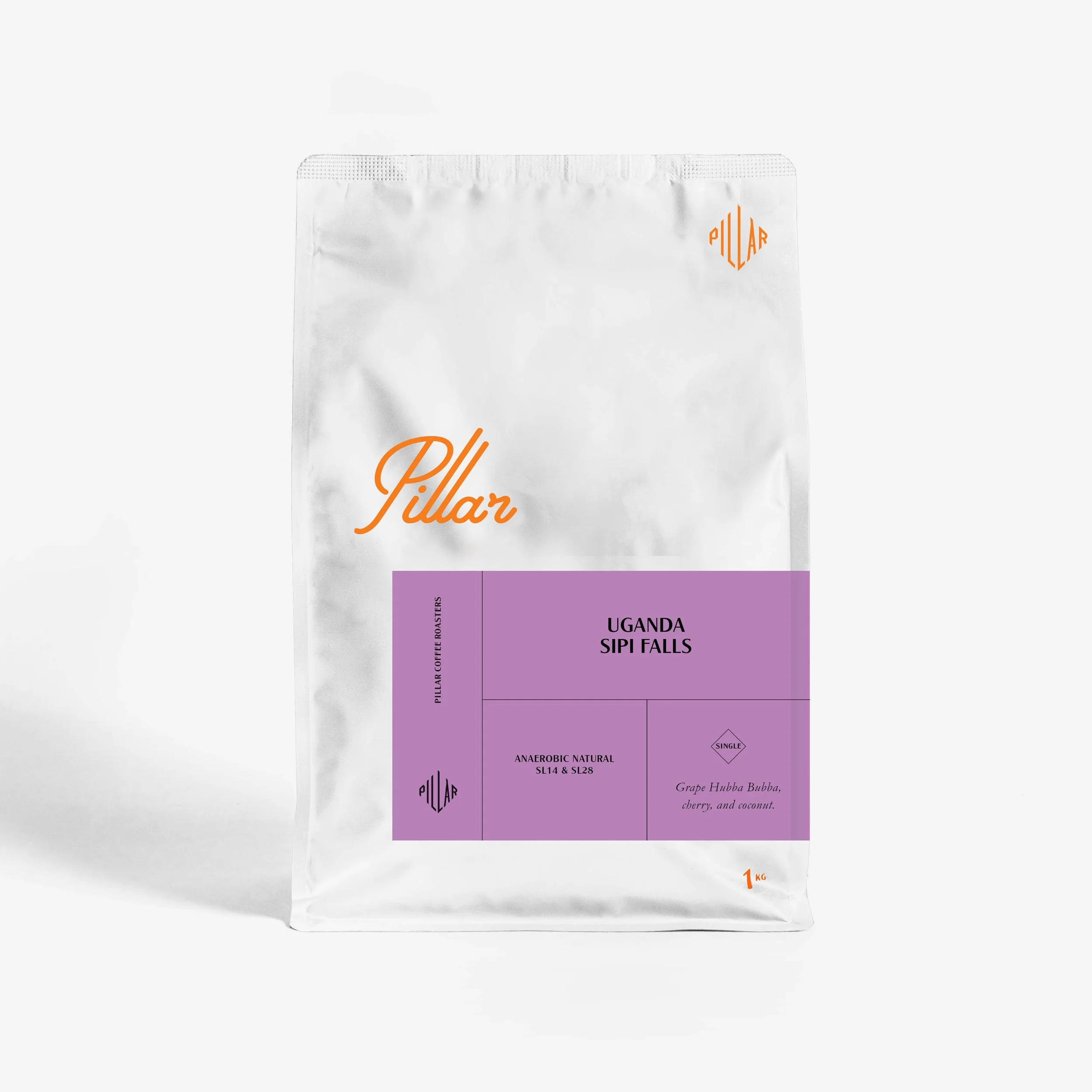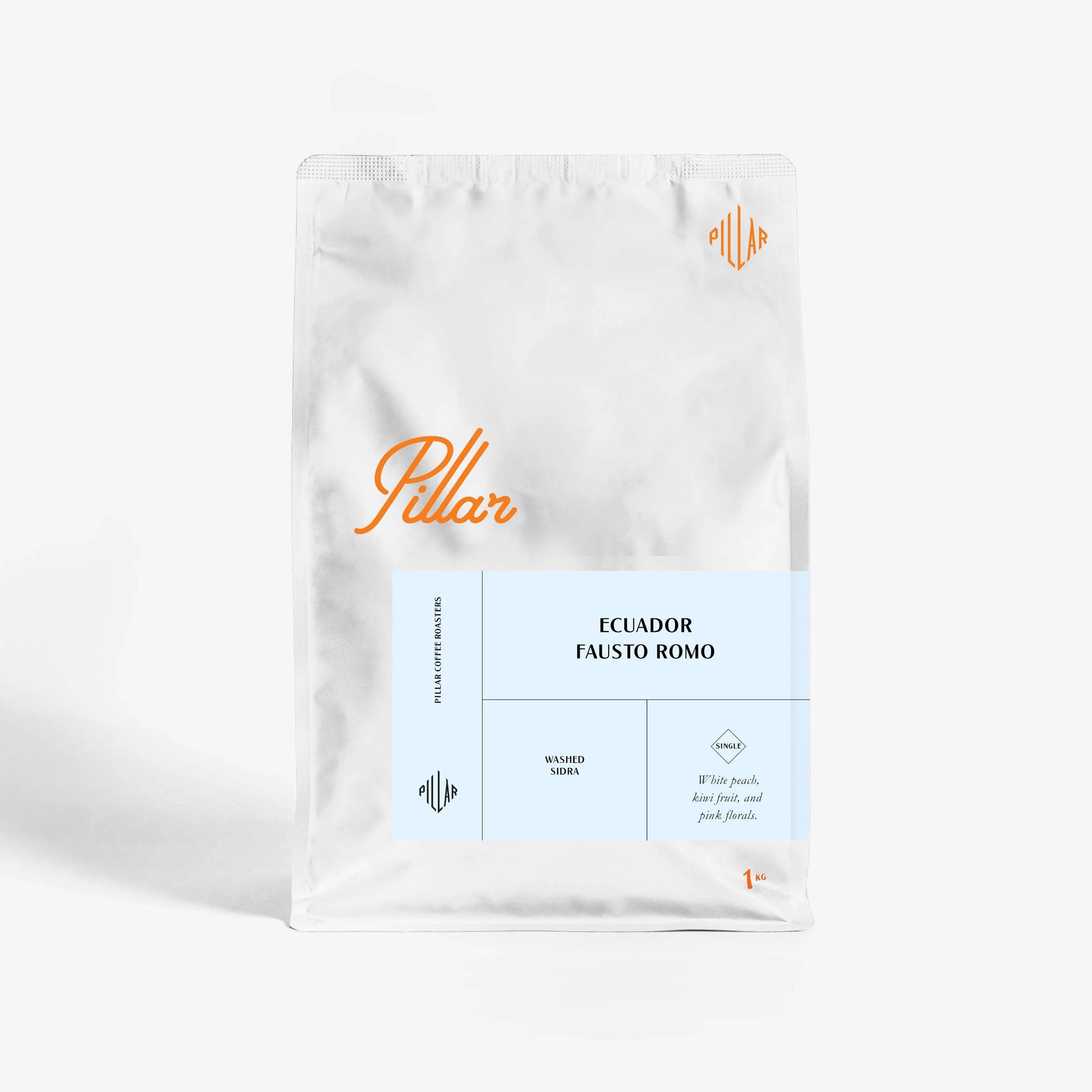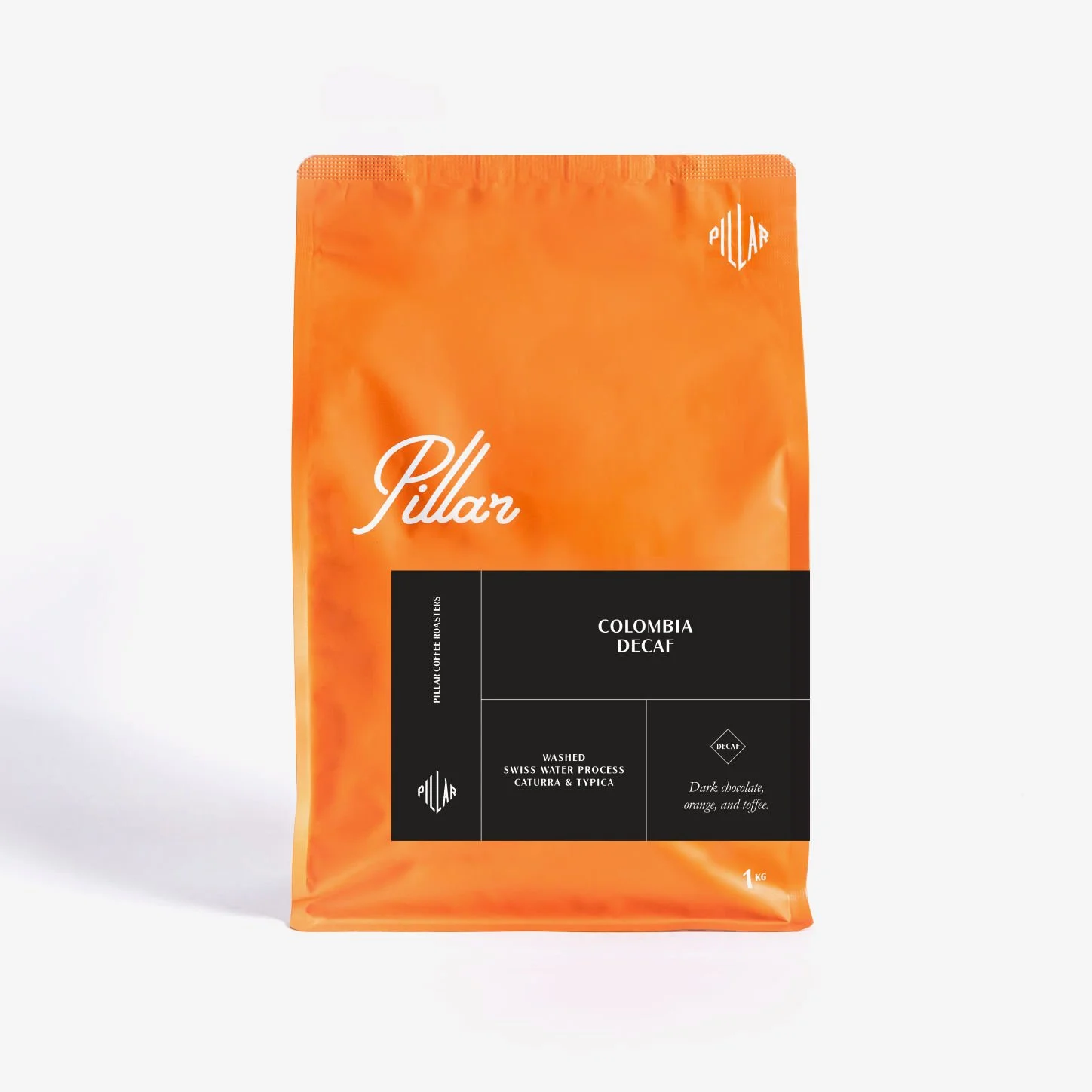Colombia Manos Juntas Micromill - Espresso


Colombia Manos Juntas Micromill - Espresso
Colombia
Manos Juntas Micromill
Cauca
1400-2000 masl
Natural
Muscatel grape, red delicious apple, and toffee.
Small but mighty: Manos Juntas is a small but mighty micromill in Colombia’s beautiful Cauca region. It’s run by our friends and frequent feature, Banexport. The whole idea behind Banexport is pretty simple--make life easier for both the farmers and the folks handling the export side.
How does it work?: Banexport buys fresh coffee cherries straight from the farmers on the same day they’re harvested. Right when the cherries arrive, the Banexport team test the cherries' sugar levels (using refractometers calibrated to Brix) and ph.
Natural Process at Manos Juntas: As with all things coffee, the processing of coffee subscribes to core tenets but with much interpretation and flair--a result of regional differences, experimentation, and personal preference.
After sorting they drop the cherry into airtight tanks for a five-day anaerobic fermentation, being sure to clearly label each tank with the farmer’s name to keep things traceable and transparent.
During fermentation, nitrogen is pumped into the tanks to give the yeast a boost. The team constantly tests the Brix and pH levels during this process to determine the stopping point for fermentation. After that, they lower the temp to about 20°C to hit the brakes on fermentation and remove yeast and micro-organisms.
The whole cherries are left to 'age' in tanks for five days, before being moved to solar dryers where they dry for 30–45 days.
Banexport's simple philosophy: When it comes to contributing factors to cup quality, Banexport believes there's a 50/50 split.
--50% of coffee quality comes from how it’s grown--fertilisation, pruning, harvesting.
--50% comes from what happens after it’s picked--fermentation, drying, storage.
With this philosophy driving implementation, Banexport set up Manos Juntas. This effectively split farmer's responsibilities in half, allowing them to focus on growing great cherries, with Banexport handling all the complicated processing steps.
Some of the upsides for farmers:
-Immediate Payment: Farmers get paid right away, rather than waiting 35–40 days.
-Better Prices: Banexport offers fixed prices above market rates.
-Easier Logistics: Farmers just deliver their cherries locally--no long hauls into town.
-No Expensive Equipment Needed: Drying beds, tanks, depulpers etc etc.
Castillo: Castillo is the variety at the heart of this coffee. It’s a hybrid developed by Cenicafe (Colombia’s coffee research organisation) to resist leaf rust and produce better yields. Released in 2005, it was designed to replace the older varietal Colombia. Castillo is now a major player in Colombia’s specialty coffee scene.
Cauca is a corker: Cauca is tucked between the mountains and the Pacific Ocean in central-western Colombia. Thanks to cool ocean winds and high elevations, it’s one of the chillier coffee regions--which is great for slow, sweet bean maturation. The coffee here is mostly grown by indigenous and Afro-descendant communities, across a landscape packed with volcanoes, rivers, and rolling plateaus.









